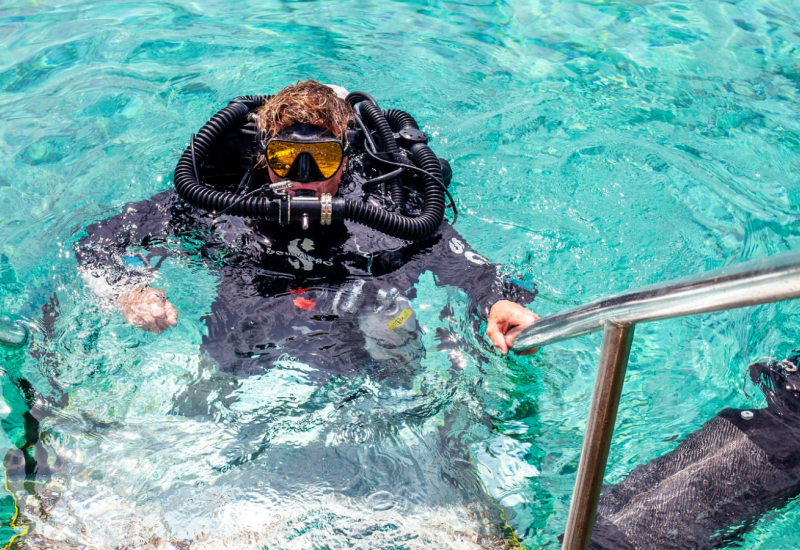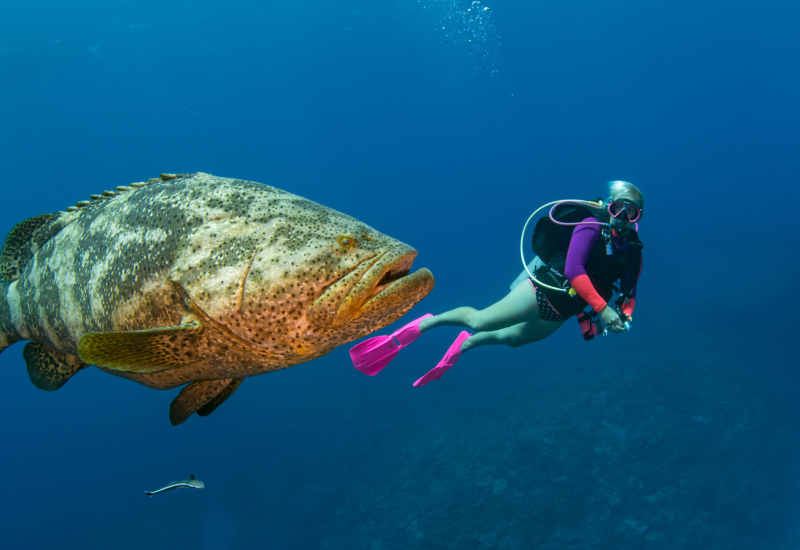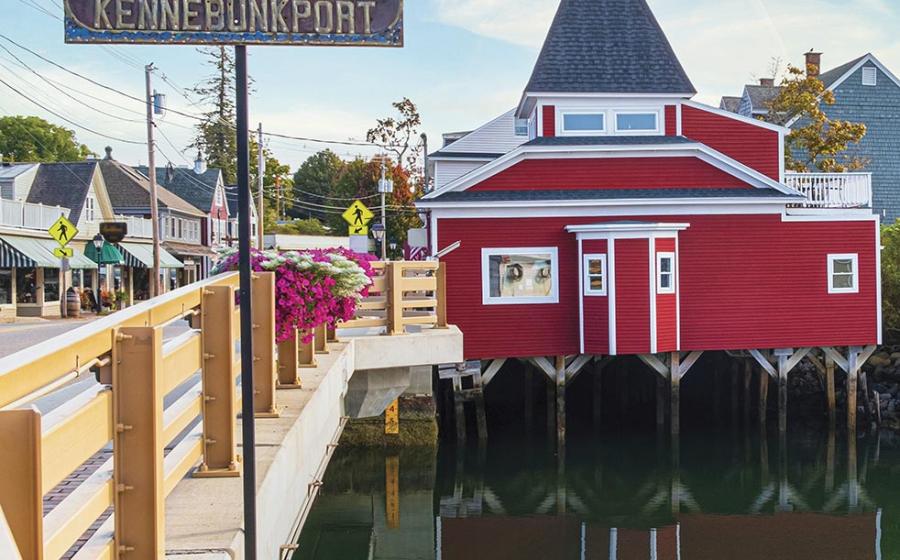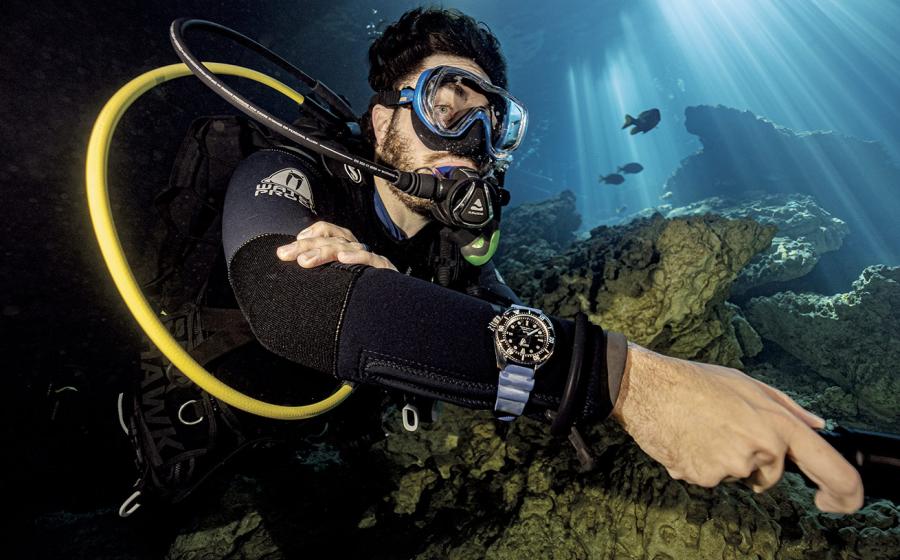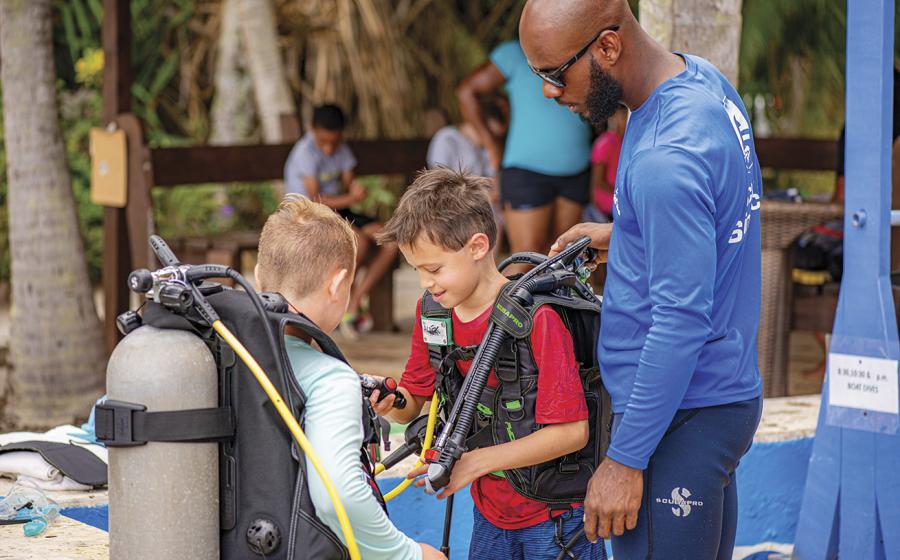Diving Maine's Wandby Shipwreck
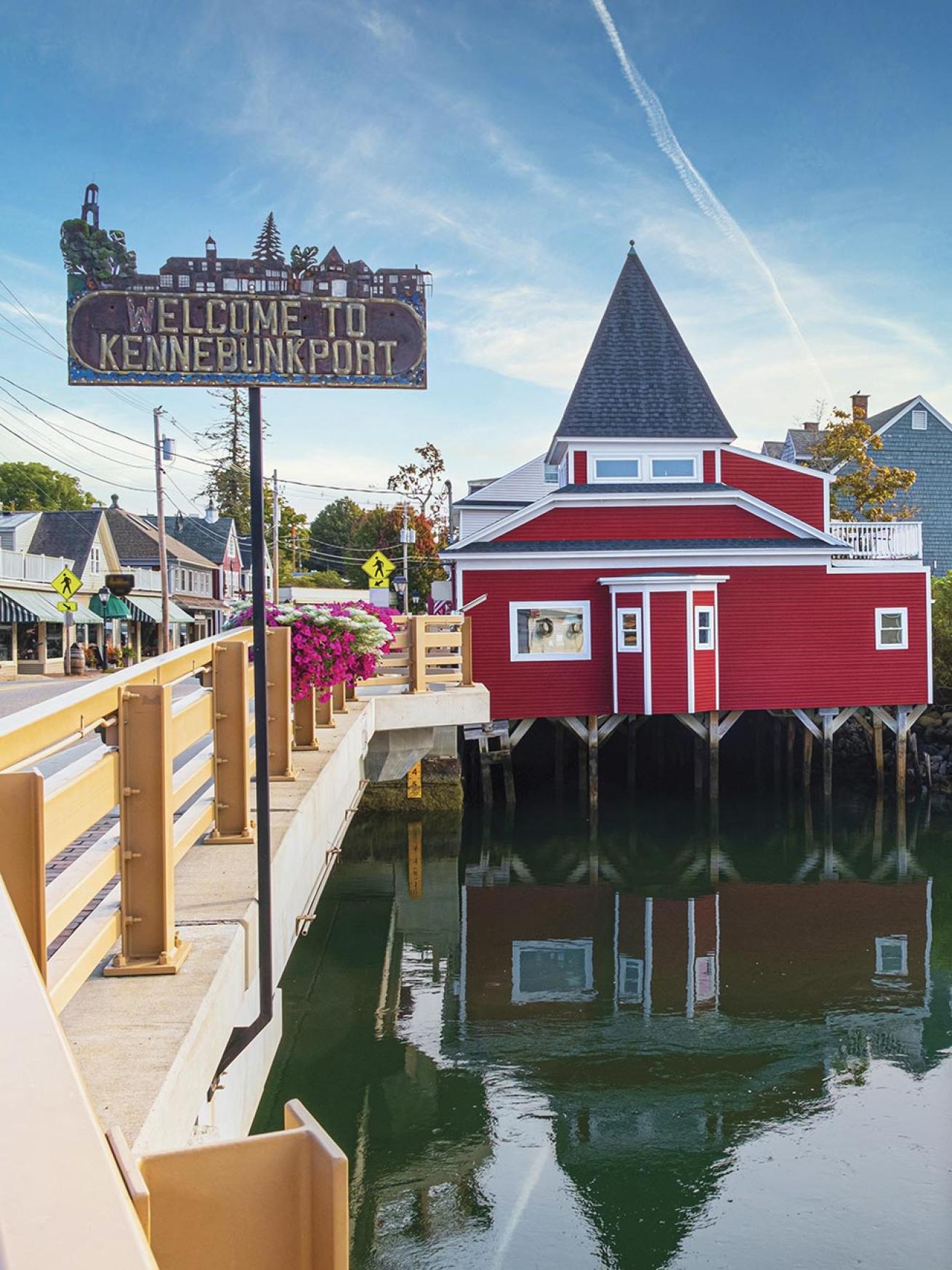
Shutterstock/D K GroveDowntown Kennebunkport is a snapshot of quintessential coastal New England
"It‘s not a difficult site, but it has its tricks.”
Pete Boilard has been diving since 2005, with over 20 dives on the Wandby, a wreck scattered across an offshore debris field in Kennebunkport, Maine. When he was home sick one day in 2008, Boilard began a blog called Scuba Knowtes, where he has contributed a wealth of information about diving in this part of the country. Divers and nondivers can find plenty of history in this area—Walkers Point is widely known as the summer retreat for the Bush family.
Offshore from Walkers Point lies the Wandby, a Portland-bound British freighter that violently ran aground in the Atlantic in 1921.
What remains isn’t a complete shipwreck—rather, the main structure is an 18-foot-long boiler that divers can peer into. While it’s a year-round site, divers plan their visits to the wreck when it’s easiest to reach from the shore, ideally on calm days at high tide to avoid rocks jutting through the water.
“The whole structure is just so huge, even though it’s covered in seaweed,” says Lana Smithson, an advanced open water diver who has visited the site several times with Boilard. “We went to the top and looked down: You could see down into the boiler. It’s very interesting!”
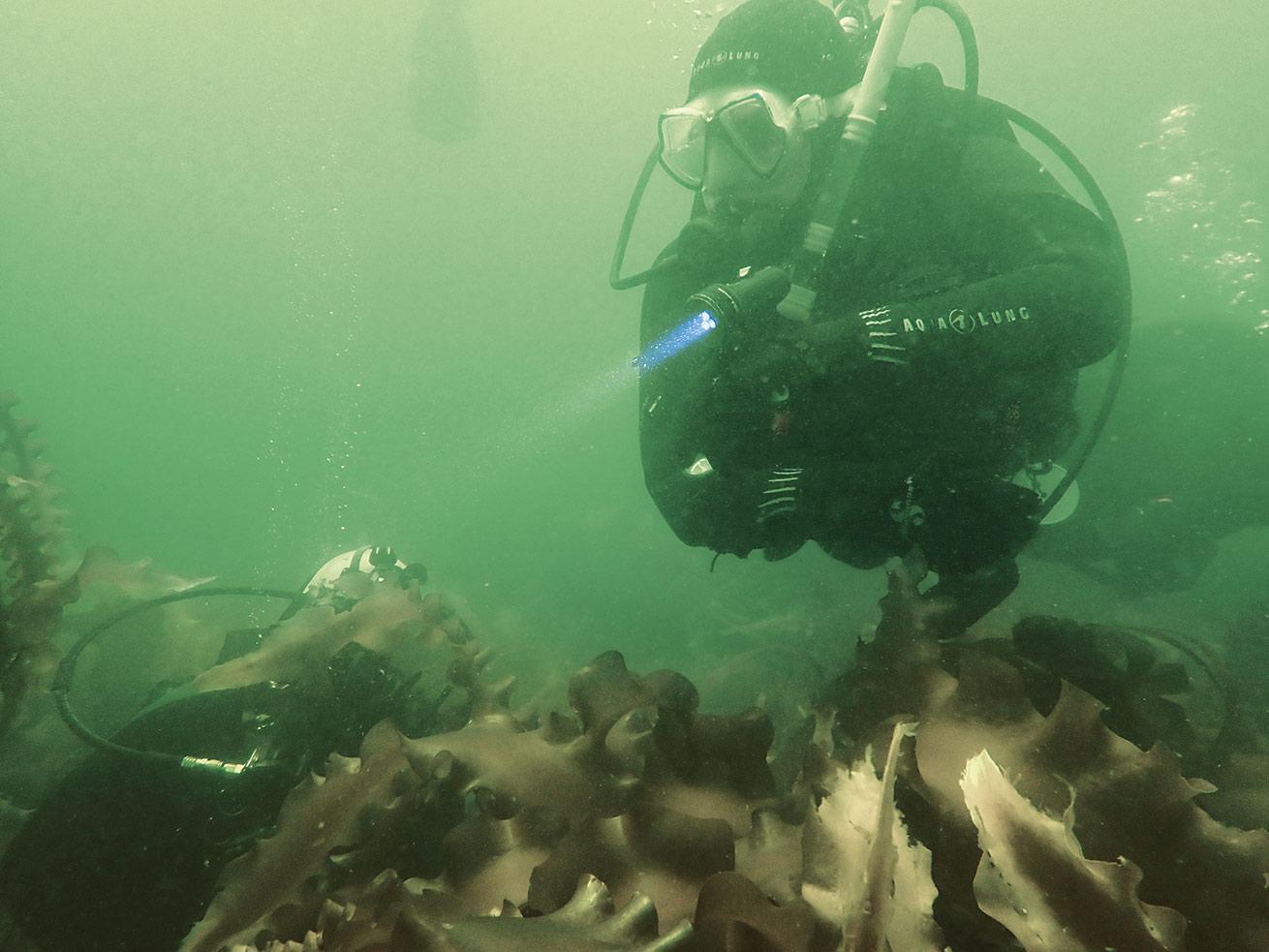
Courtesy Lana SmithsonTwo divers ready to find the Wandby.
While new divers can handle the snorkel from shore through the typically weak current to reach the Wandby, they should be confident navigators to reach the site (and find a local dive buddy for that first visit) .
In his blog, Boilard explains the route around the rock formations to reach the cylindrical boiler, which sits at a depth of around 25 feet. He recommends surveying the site from the coast in advance, during low tide, to get a better understanding of the best course to take.
“We only dive it on a calm day. There’s a lot of spots where rocks crop up. Being a good, solid buddy is really important: Visibility is a 15-foot radius, give or take 10 feet,” Boilard says.
Related Reading: Diving Iowa's Ice Hole Festival
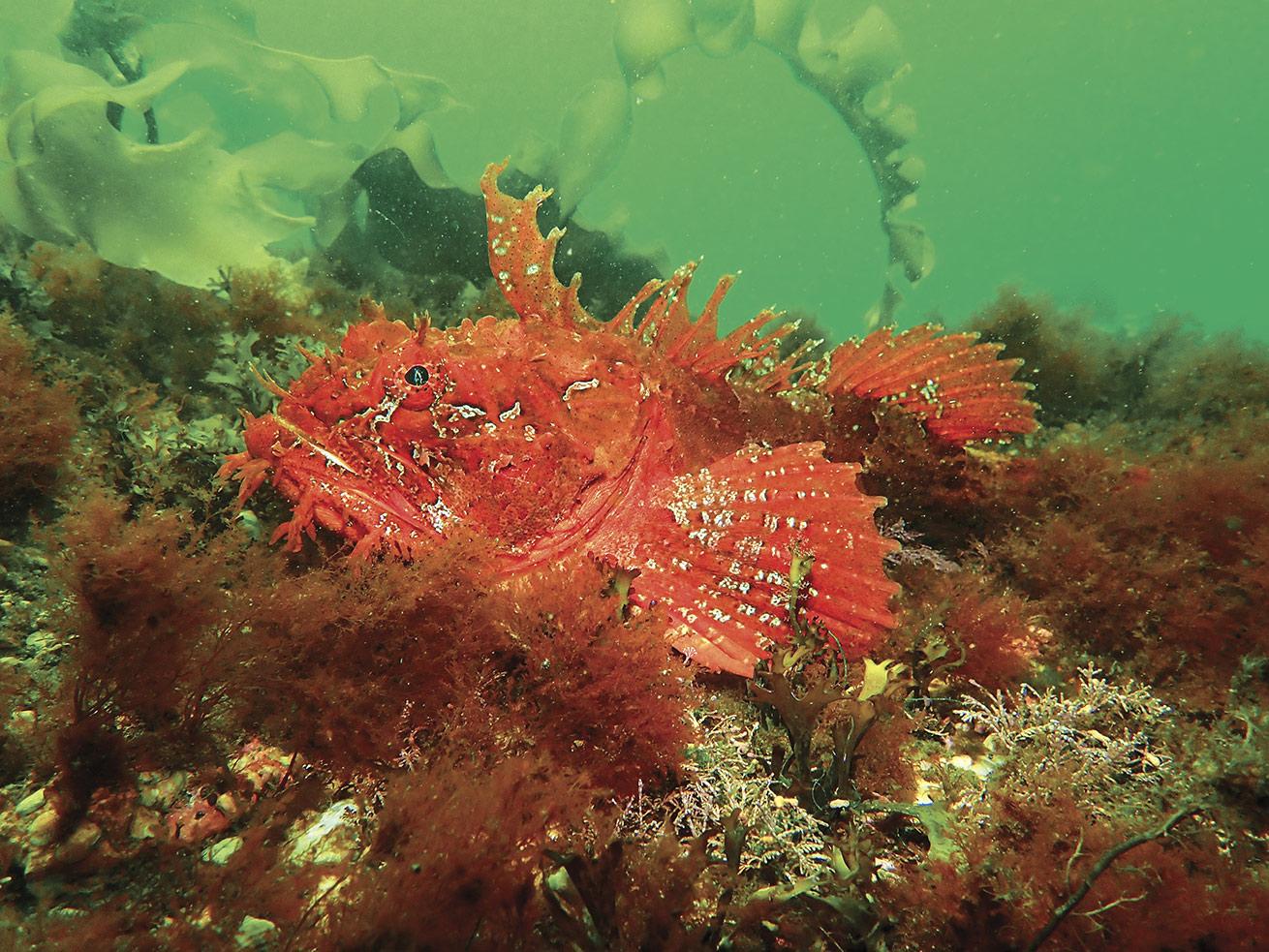
Courtesy Lana SmithsonA stunning sea raven wrests on the Wandby.
He has seen a wolffish among the debris of the Wandby, where Smithson has also photographed a bright sea raven. Be on the lookout for other frequent visitors, like Forbes and northern sea stars, green sea urchins and, of course, plenty of lobster. It is Maine, after all.
“For those interested in cold-water diving, Maine, in its own right, offers some amazingly beautiful experiences. Its rich maritime history and rugged coastline offer a very unique topography, fish life and the potential to find many artifacts from the past,” says Levi Robbins, PADI Divemaster and retail manager at Aqua Diving Academy in Portland, a half-hour drive from Walkers Point. “There are many factors, including tides, visibility, current and water temp, that you will want to be knowledgeable about and comfortable with. Bring a dive flag to mark the area. When diving in Maine, 7 mm wetsuits are recommended late spring to early fall, and then it is drysuit weather.”
Aqua Diving Academy supports the dive community in Maine year-round.
[Maine’s] rich maritime history and rugged coastline offer a very unique topography, fish life and the potential to find many artifacts.
“We do things like organize community dives, Taco Tuesdays, and workshops that bring people together and help them find more dive buddies. Maine has also seen a large increase in folks moving up here post-COVID, and in doing so, they are eager to take advantage of all activities relating to Maine’s outdoors,” Robbins continues. “We are very proud of our leader and owner, Julie Footman, who just recently received her 40 years of service recognition award from PADI!”
Divers like Boilard and Smithson are also a part of the Maine-iacs Dive Club, a Facebook group for locals to discuss all things diving. Boilard has taken new divers under his wing to show them the areas he has researched, with the Wandby garnering a lot of interest among dive buddies. “It never ceases to surprise me. It’s one of the favorites.
Related Reading: Diving in the Georgia Aquarium
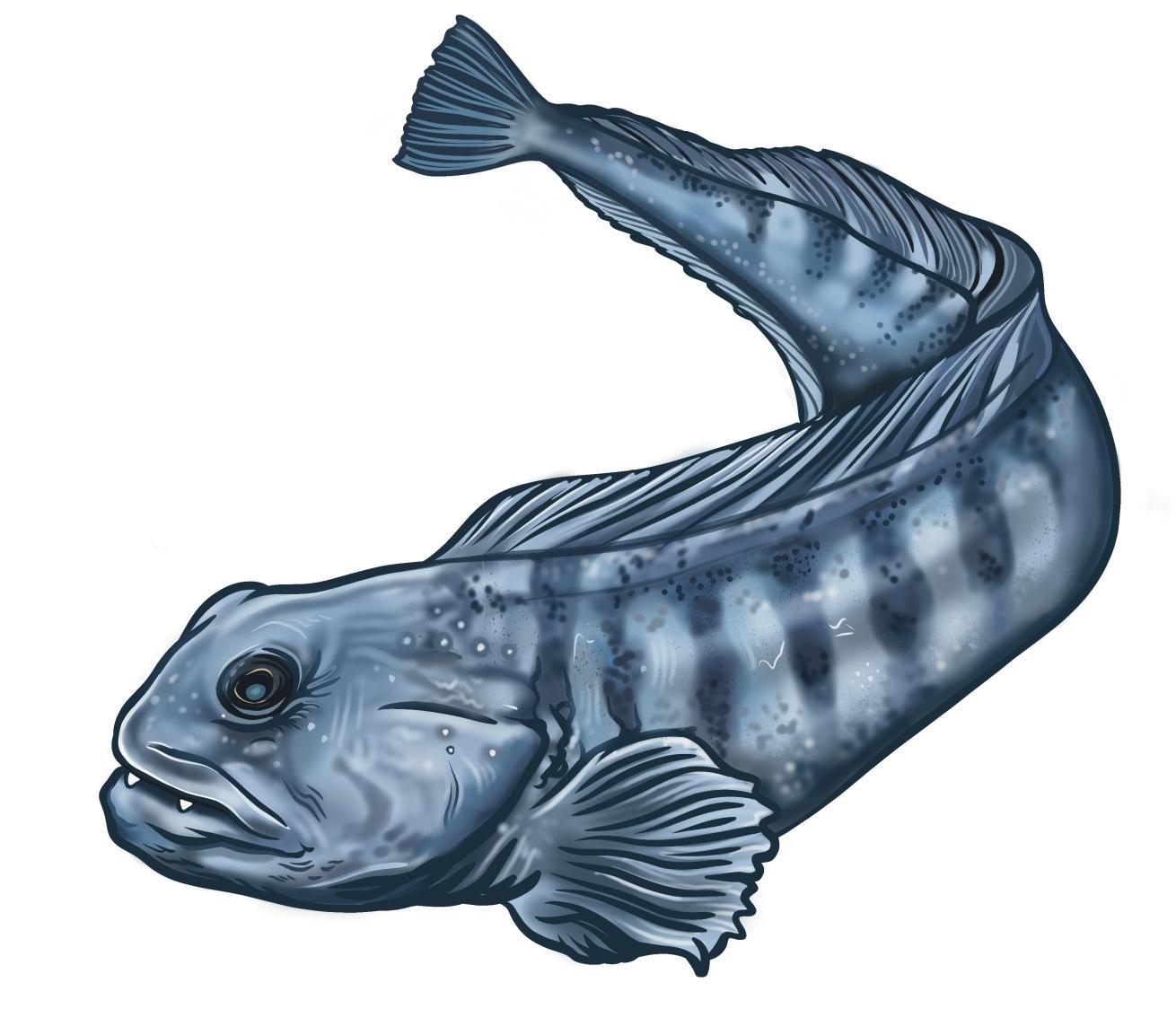
Illustration by Cassidy VincentAtlantic wolffish (Anarhichas lupus) are a favorite among divers visiting the Wandby.
Site Spotlight
Atlantic wolffish (Anarhichas lupus) are known for their distinct protruding teeth, which are helpful for snagging shellfish and crustaceans to eat. (In 2022, a viral video amazed social media when a Maine fisherman fed a lobster to a wolffish before throwing it overboard—but not before educating viewers on this unusual fish find.) They primarily feed on other bottom-dwellers like sea urchins, hermit crabs and scallops.
They favor rocky terrain and living solo, except during spawning season in late fall, making the Wandby an ideal habitat for them to hide and hunt.
The wolffish is a species of concern; fishing for or keeping it is banned by the New England Fishery Management Council.
Need to Know Diving the Wandby Shipwreck
Conditions
Viz varies from 5 to 15 feet. Atlantic water temps are chilly year-round.
Certification
Maintain accuracy on wrecks with a PADI Peak Performance Buoyancy course.
What to Bring
Dive flag and 7 mm wetsuit with hood (spring to fall) or drysuit (winter).
Local Resources
Aqua Diving Academy aquadivingacademy.com

